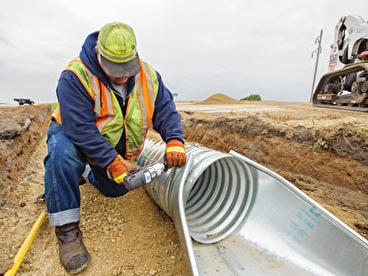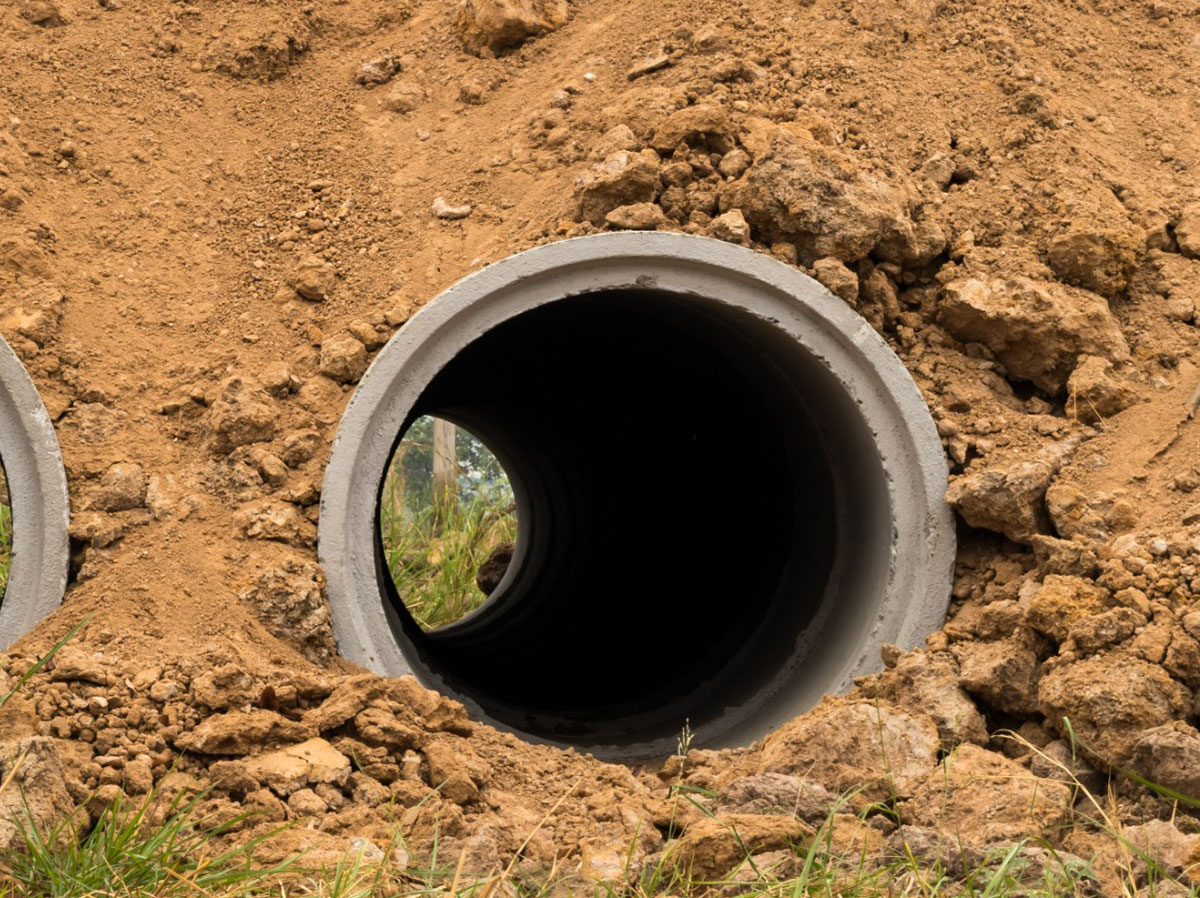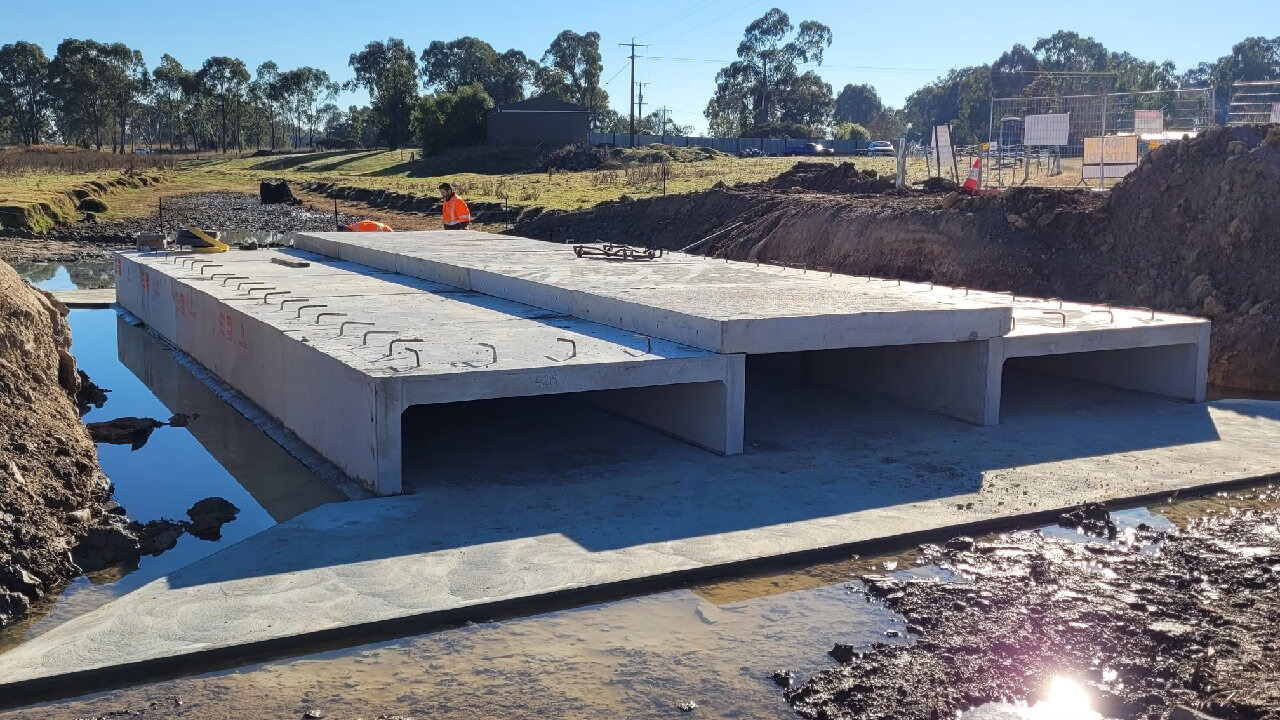Quality Road Construction for Long-Lasting Roads
Achieve Success With Culvert Setup: Best Practices Disclosed
In this conversation, we will certainly explore necessary methods, suggestions, and guidelines that can dramatically affect the result of culvert installments - Road construction. Understanding these key variables is extremely important in ensuring the architectural integrity and effectiveness of culverts, making it critical for experts and fanatics alike to grasp these foundational principles.
Correct Material Selection

Concrete culverts are recognized for their toughness and toughness, making them suitable for heavy web traffic areas and huge water circulation quantities. Corrugated metal culverts are light-weight and very easy to install, suitable for short-lived applications or scenarios requiring a quick option. Plastic culverts are lightweight, corrosion-resistant, and economical, making them a preferred option for various culvert installments. Composite materials offer a combination of buildings from various products, giving a customizable solution for specific project requirements. Inevitably, picking the correct material is important to make sure the culvert system operates properly and has a lengthy service life.
Website Preparation Tips
Effective site prep work is vital for the effective installment of culverts, making sure correct assimilation with the surrounding setting and long-lasting capability. Prior to starting the installation procedure, it is important to perform a thorough site analysis to figure out the proper dimension, type, and positioning of the culvert. Clearing up the area of any type of particles, greenery, or obstructions is the initial step in website prep work. This guarantees a tidy and degree surface area for the culvert to be set up.
Following, the soil conditions must be examined to analyze the security and load-bearing capacity of the ground. Depending upon the soil type, added procedures such as compaction or reinforcement may be required to avoid working out or changing of the culvert with time. Correct water drainage factors to consider need to additionally be considered to avoid water build-up around the culvert, which can cause erosion or architectural damages.
Lastly, establishing proper access to the website for construction tools and ensuring conformity with any governing requirements are crucial aspects of site preparation. By adhering to these site prep work ideas, the setup of culverts can be brought out effectively and successfully, promoting the long life and performance of the culvert system.
Setup Strategies

Firstly, it is important to accurately determine and mark the place where the culvert will be installed. This ensures correct alignment and avoids any errors during the installment stage. Second of all, excavation needs to be done very carefully to develop a steady structure for the culvert. The trench should be dug to the appropriate depth and size, thinking about the dimension and kind of culvert being set up.
Following, the culvert must be put in the trench complying with the manufacturer's guidelines. Proper positioning is essential for the performance and longevity of the culvert. Backfilling the trench with the ideal material and condensing it in layers is the last action in the setup procedure. This ensures the culvert is safely in position and ready to stand up to the needs it will face. By complying with these installation techniques faithfully, the culvert will be properly installed, adding to the general success of the job.
Upkeep Standards
After completing the cautious installation of culverts complying with appropriate methods, adherence to upkeep standards is critical to guarantee their longevity site here and capability. Evaluations ought to consist of checking for sediment build-up, erosion around the culvert sides, and any type of indicators of rust or corrosion.
Additionally, maintaining correct incline and positioning of the culvert is crucial for effective water circulation and to stop possible obstructing. Road construction. Any plants near the culvert need to be taken care of to prevent origin breach and blockages. In locations prone to freezing temperatures, executing winter upkeep techniques such as making sure correct drain to stop ice buildup is vital
Normal maintenance not just prolongs the life expectancy of culverts but also guarantees they function successfully in managing water flow, minimizing the threat of damage to infrastructure and surrounding locations.
Troubleshooting Common Issues
Resolving common problems that might emerge with culverts needs a systematic strategy and cautious analysis of the underlying reasons. By examining the culvert placement and incline consistently, potential concerns can be identified and dealt with immediately.

Final Thought
To conclude, accomplishing success with culvert installment calls for careful factor to consider of product choice, detailed site preparation, correct setup methods, and routine maintenance. By adhering to best methods and fixing usual problems, the integrity and performance of culverts can be made sure. It is vital to follow guidelines and recommendations to stop any type of prospective concerns and make certain the long life of the culvert system.